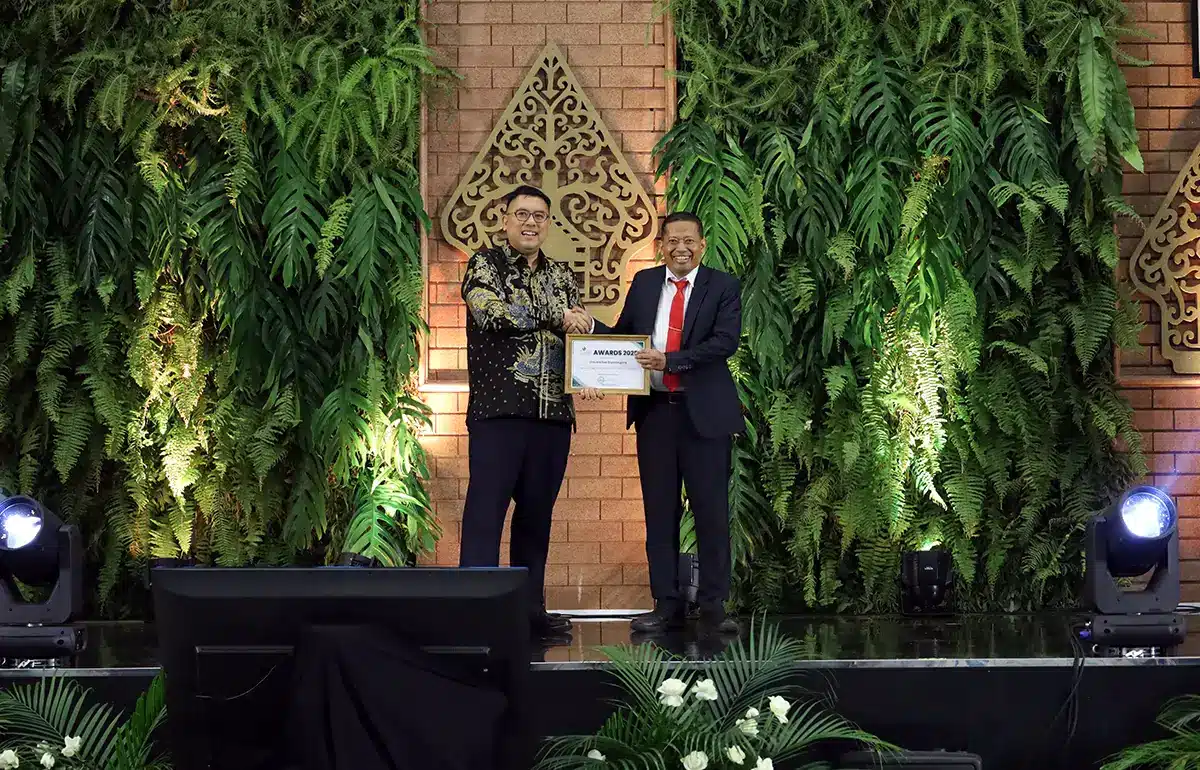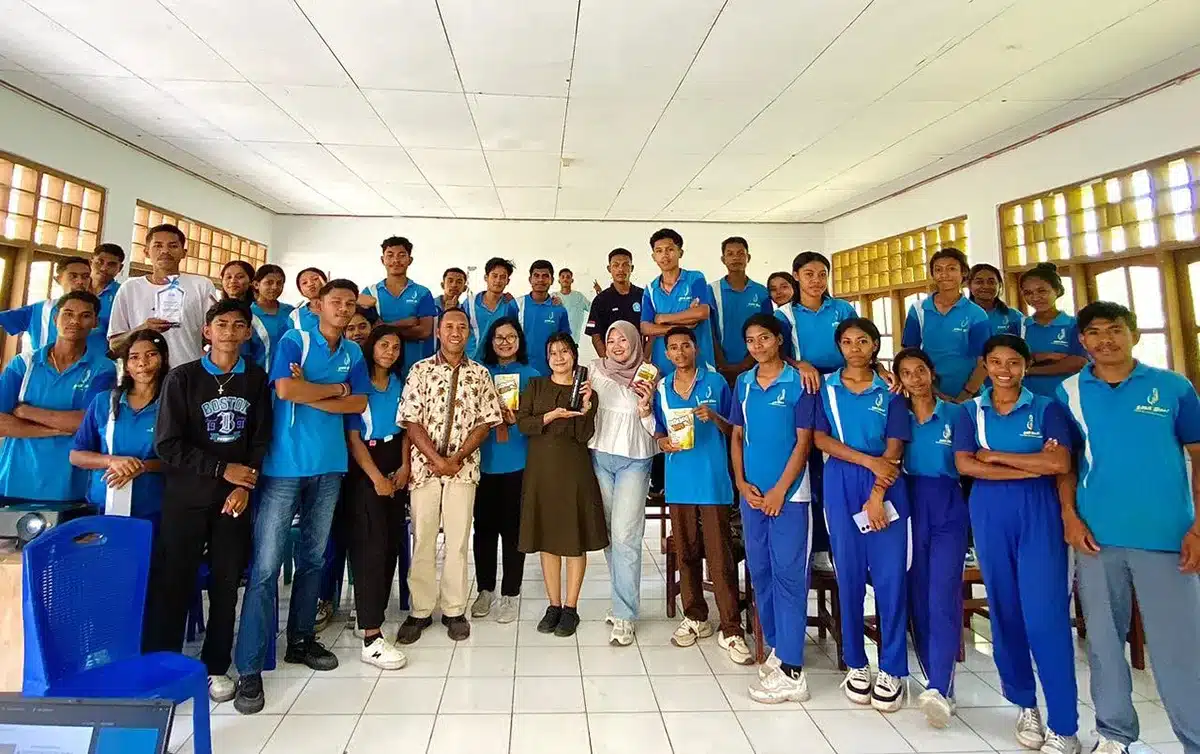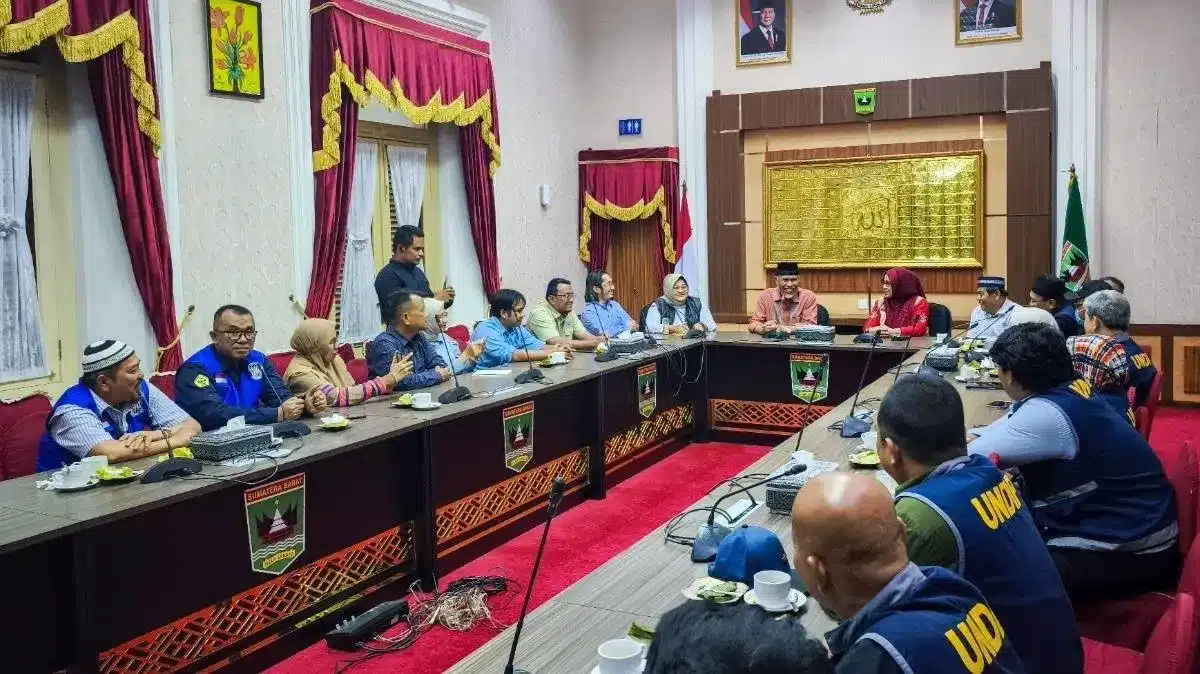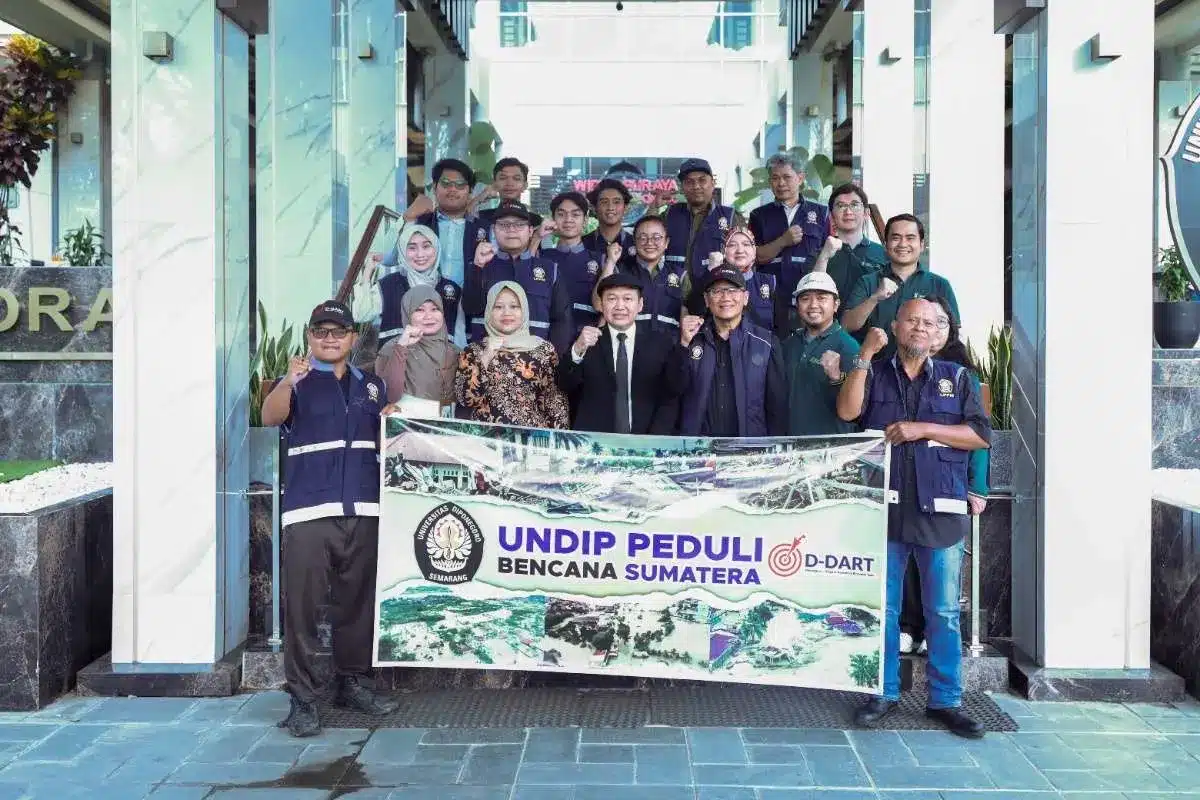“The language in judicial legal documents, every word and sentence and symbol used must fulfill general logic, legal logic and compliance, must be proven and irrefutable, inviting the reader to justify the arguments given or to affirm arguments of the opposing party, containing overall consistency with the whole argument used, showing politeness and respect for the judiciary, structured as the art of convincing people about the truth of what is being conveyed, and not causing confusion in language and meaning.” This was conveyed by Rector of Diponegoro University, Prof. Dr. Yos Johan Utama, S.H., M.Hum., in the Webinar “Dynamics of Legal Language in the Forensic Field” which was held by Language Center of Central Java Province, on Thursday (8/4).
Furthermore, in his presentation, Prof. Yos explained that there are several types of legal interpretation, including grammatical interpretation, namely interpretation that seeks to find the meaning of words or sentences in the text (laws and regulations) which is carried out by connecting the meaning of each word with understanding or what is commonly used by the community on a daily basis. The reference for this interpretation can be searched on The Great Dictionary of the Indonesian Language. Meanwhile theological interpretation is an interpretation method basically tries to find the meaning of a provision/norm which is carried out by finding the purpose of a norm or goal to be achieved by a law, for example by considering whether it is philosophical, sociological or juridical. Then authentic interpretation is based on the interpretation or meaning stated by the legislators, for example through the explanation section of Law, the meaning of “serious injury” in the Criminal Code must refer to the meaning in the explanation section of the Criminal Code. Furthermore, comparative interpretation is an interpretation carried out by comparing the meaning that is comparable to the existing laws in various countries, for example is the notion of narcotics.
“Grammatical error is error due to sentence construction in such a way that the meaning is branched. This can be caused by order of a certain word or term in the context of sentence. As a result there is more than one interpretation of its meaning, even though only one meaning is correct while the other meanings must be wrong,” he explained.
In his remarks, Head of Language Center of Central Java Province, Dr. Ganjar Harimansyah said that this webinar activity is one of programs by Expertise and Professional Services Group of Language Center of Central Java Province (Kelompok Kepakaran dan Layanan Profesional), especially in the fields of Language and Law, to support the Free Learning and Independent Campus. (Linda-Public Relations)
Translated by: Titis (Public Relations)










